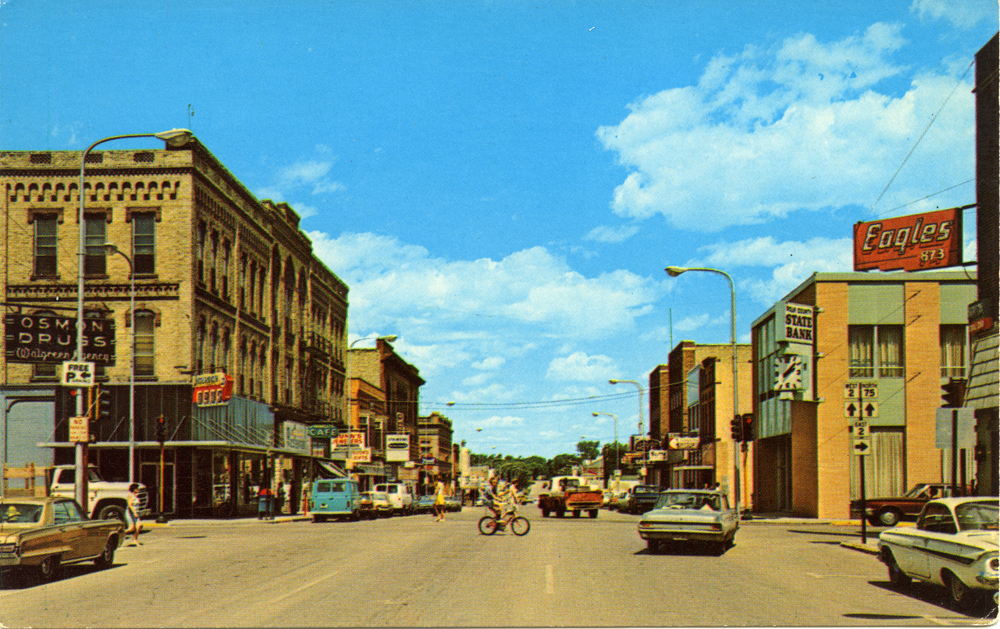
In last month’s installment, we took a look at two postcards that showed aerial views of Crookston, Minn., my hometown. This time we’ll examine two ground-level scenes, one in the city and the other in the country. The heart of downtown. The intersection of Broadway (the north-south street the photographer is standing in) and Robert […]
Read More…
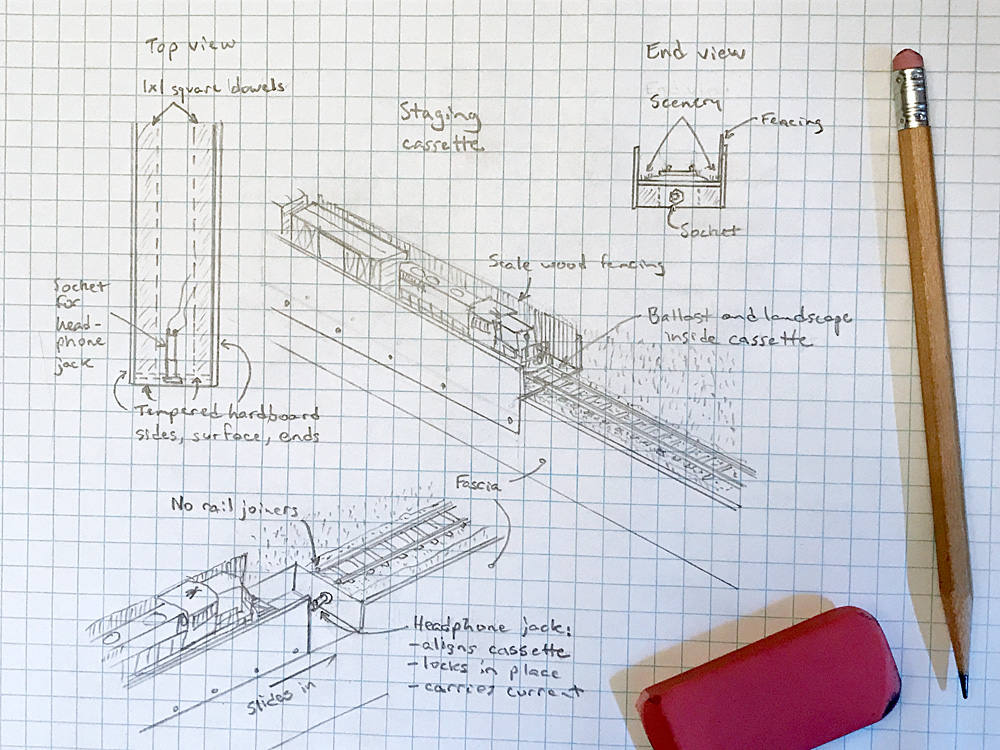
Staging yards are how we represent the rest of the world beyond the unavoidably finite portion modeled on our layouts. Trains that come and go from staging can be arriving from the next town down the line, the next division point, or the other side of the continent. Staging is invaluable to creating the illusion […]
Read More…
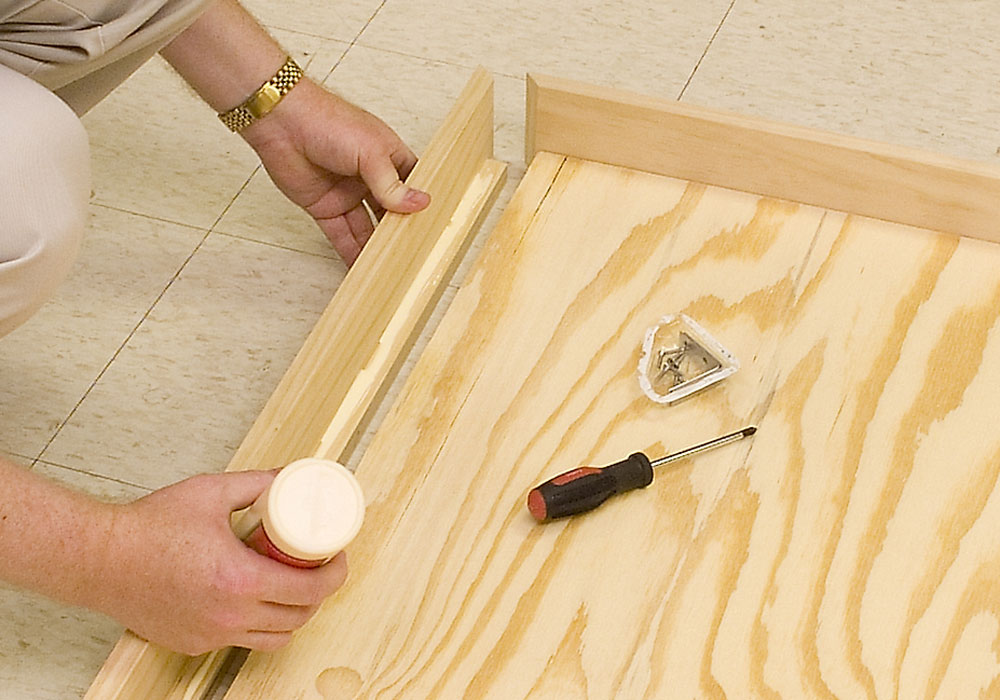
Q: I have a couple of questions about the benchwork construction of your Spartanburg Subdivision. How large did you cut the plywood sheet? Did you attach the 1x4s to the top of the plywood sheet, or at the sides? Where did the trim pieces go? How large was the sheet of foam you put in […]
Read More…
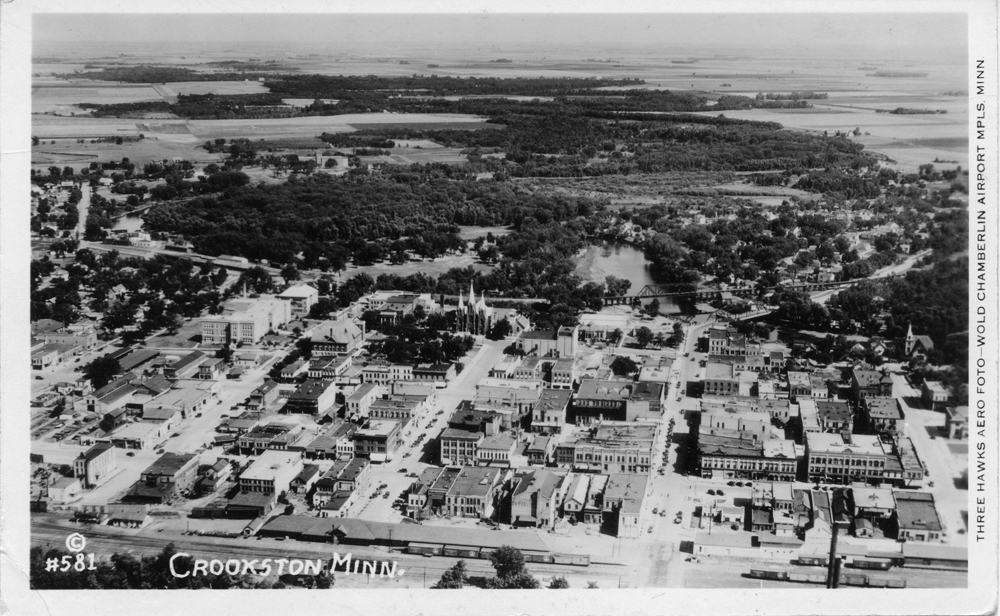
Welcome to the first of a three-part series where I’ll show you the various modeling information you can learn from postcards. The cards in this series are all from Crookston, Minn., my hometown and the focus of my modeling research. Similar postcards can be found for most communities. Online auction websites like eBay are a […]
Read More…
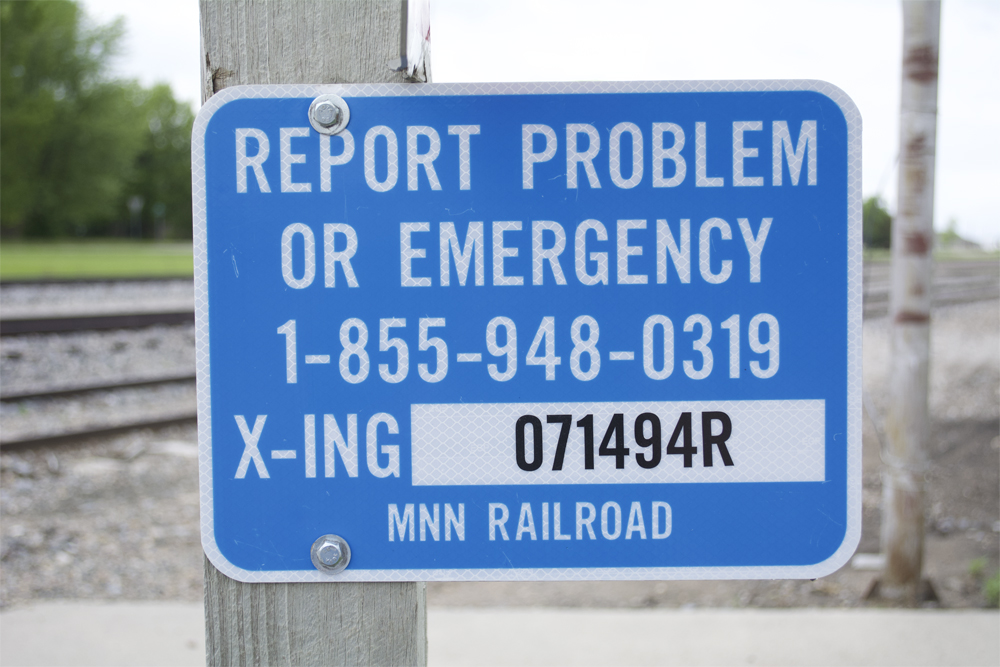
If you’ve been trackside in the past five or six years, you’ve probably noticed blue metal signs at grade crossings. These are called Emergency Notification System signs, or ENS for short. The top two lines of the sign read “Report problem or emergency.” Hazard may be used in place of problem in some instances. Below […]
Read More…
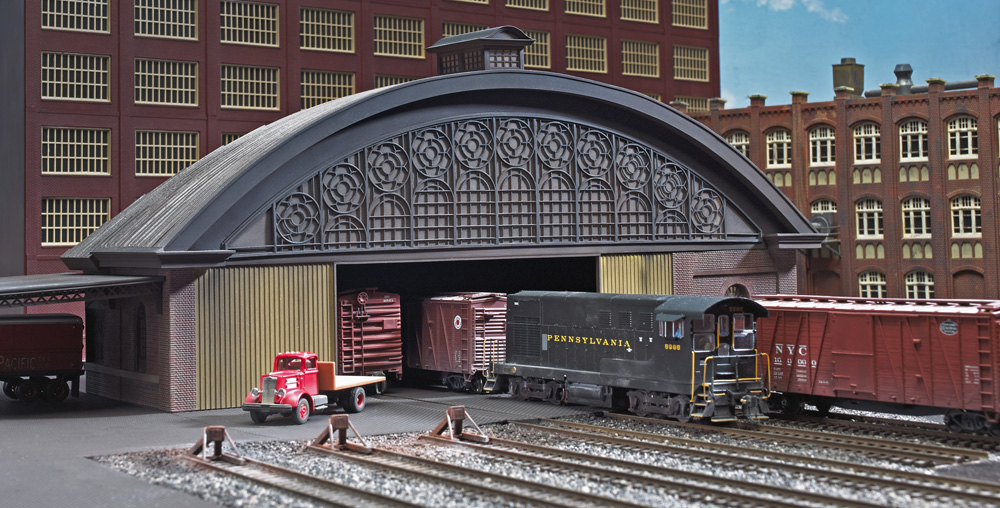
When I first moved to Wisconsin to start working for Model Railroader, my family and I were in a two-bedroom apartment. I had built a freelanced Pennsylvania RR layout in my apartment back in Pennsylvania that filled a 7 x 11-foot section of our long apartment living room. It was basically a donut, with a […]
Read More…
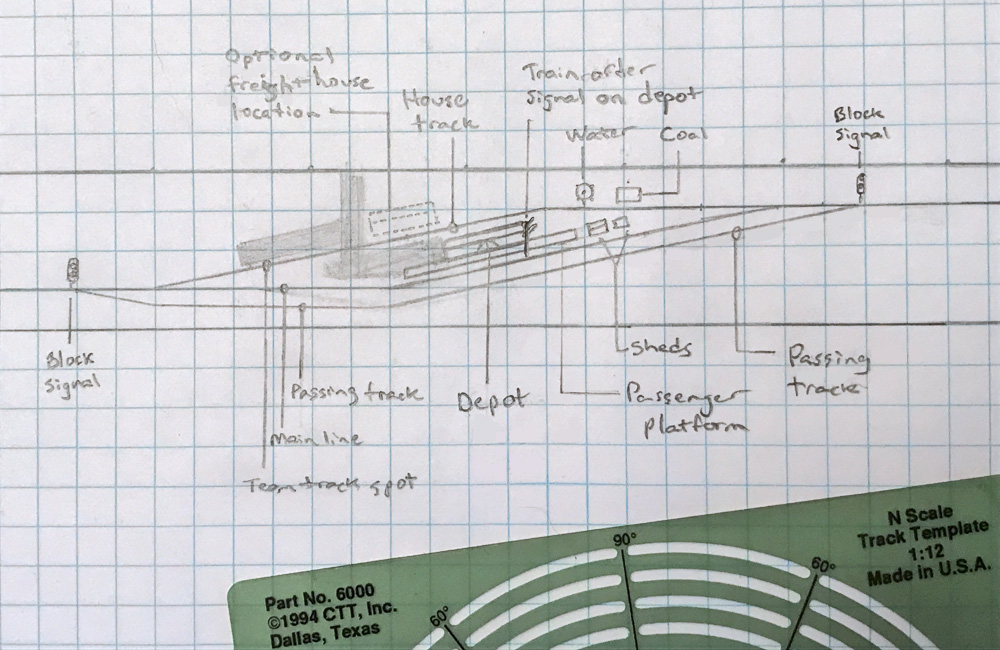
If you ask a layman to define a train station, they’ll describe a big building where people buy tickets and wait to board passenger trains. A slightly more knowledgeable person might also mention the presence of freight and baggage facilities and railroad offices. But when we talk about railroad operations – whether of the full-size […]
Read More…
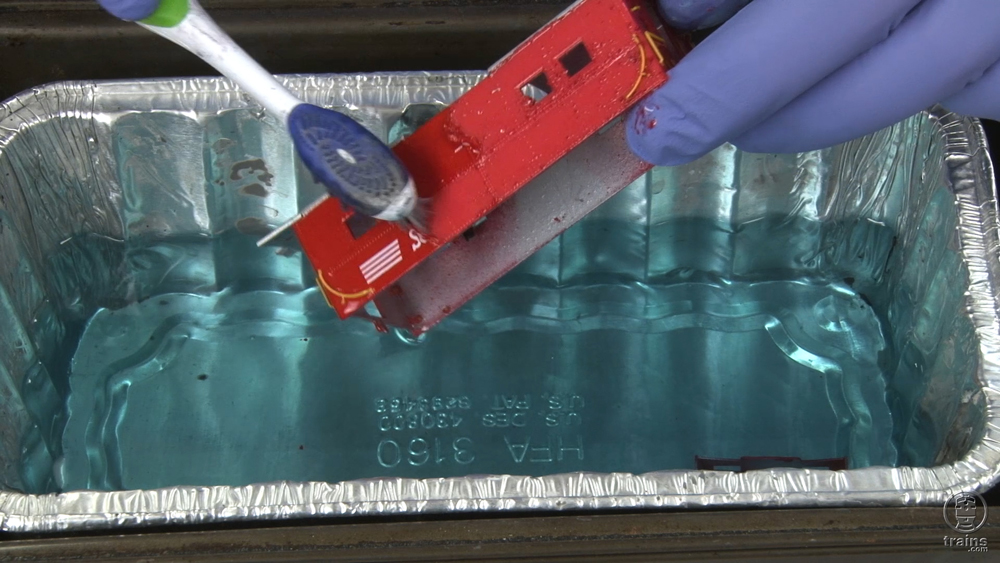
Eric White couldn’t find a Northeastern style caboose painted for the Lehigh Valley, but a vendor at a train show had several models in another paint scheme. In less than an hour, Eric had a model that was ready for new paint. Watch this video to see how he stripped the original paint. VIDEO TRANSCRIPT […]
Read More…
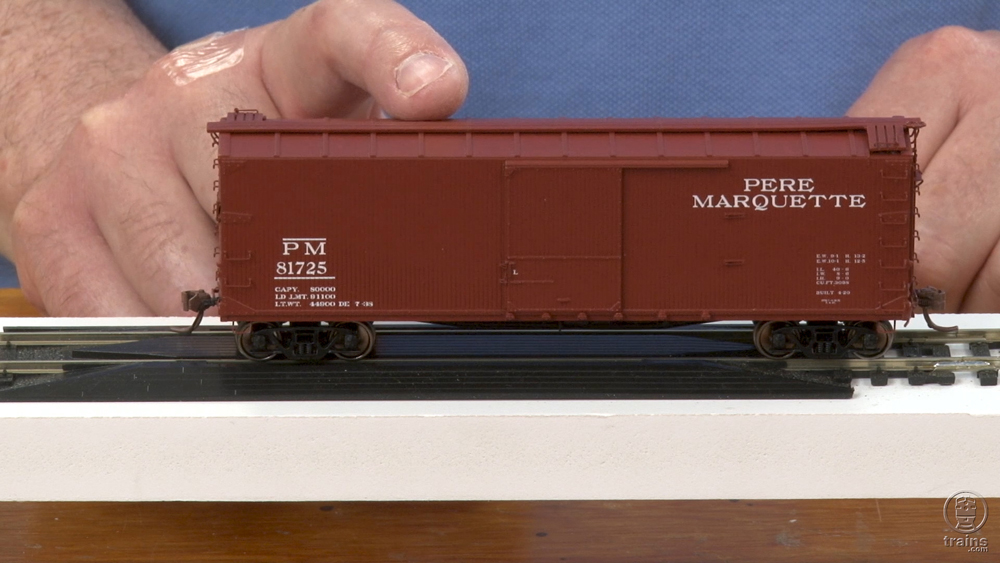
In this quick how-to video, Eric White shows you how a little bit of filing can go a long way when trying to fix the pesky wobble on a boxcar. VIDEO TRANSCRIPT BELOW: Ready to run models can be great, but sometimes you need to do a little tuning. Take a look at this. You […]
Read More…

In this quick how-to video, Eric White shows you how a little bit of filing can go a long way when trying to fix the pesky wobble on a boxcar. VIDEO TRANSCRIPT BELOW: Ready to run models can be great, but sometimes you need to do a little tuning. Take a look at this. You […]
Read More…
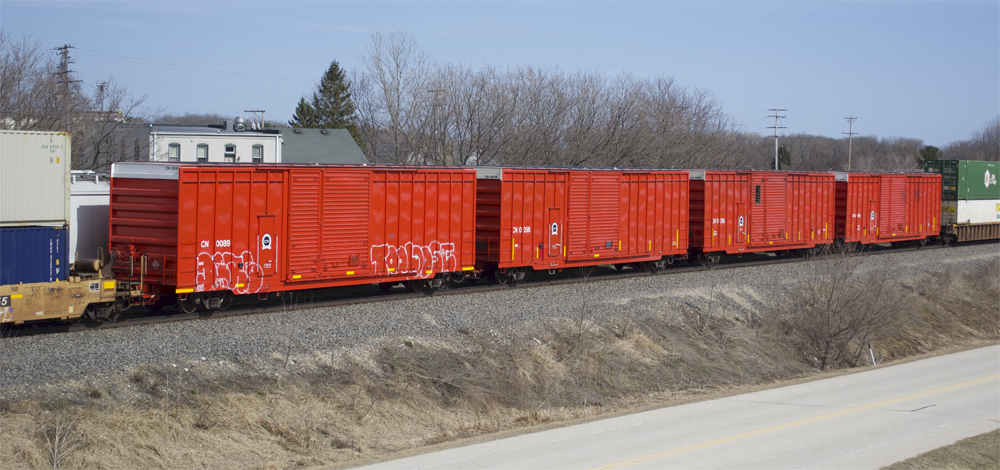
Welcome to Cody’s Trackside Finds, a new series on Trains.com, where we’ll look at interesting locomotives, freight cars, structures, or details that I’ve come across while railfanning. In these entries, I’ll provide some background information on the subject, give you some modeling tips, and most importantly, encourage comments from the Trains.com community. Do you have […]
Read More…
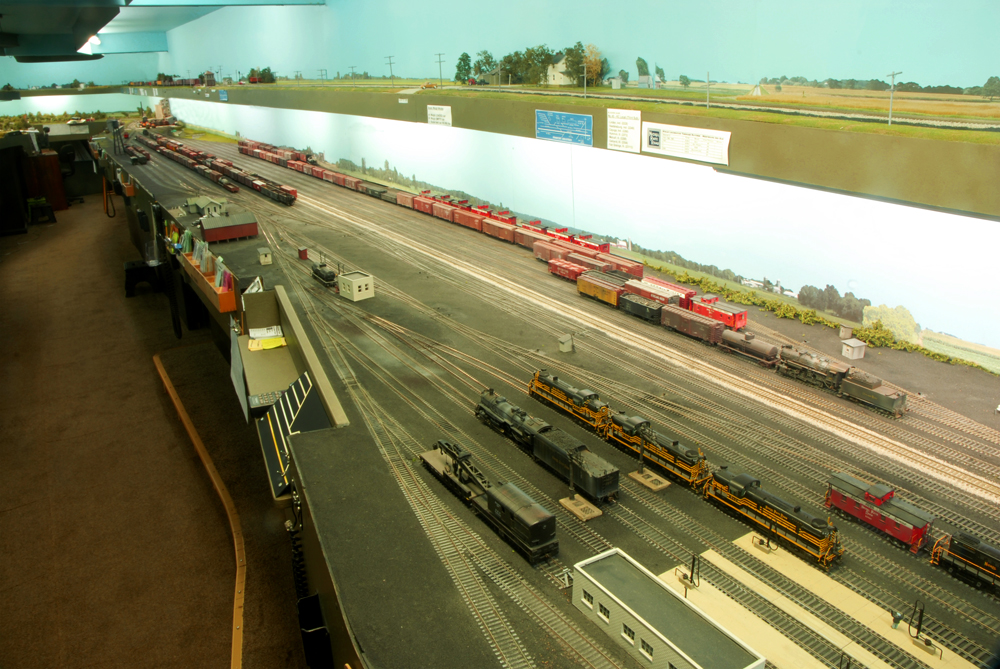
Why do you stage a model train layout? Let’s be clear about the need for staging. Unless you’re modeling a very small railroad or perhaps a branch line, you’re faced with the need to simulate the connections that the part of the railroad you’ve opted to model makes with the rest of that same railroad […]
Read More…











